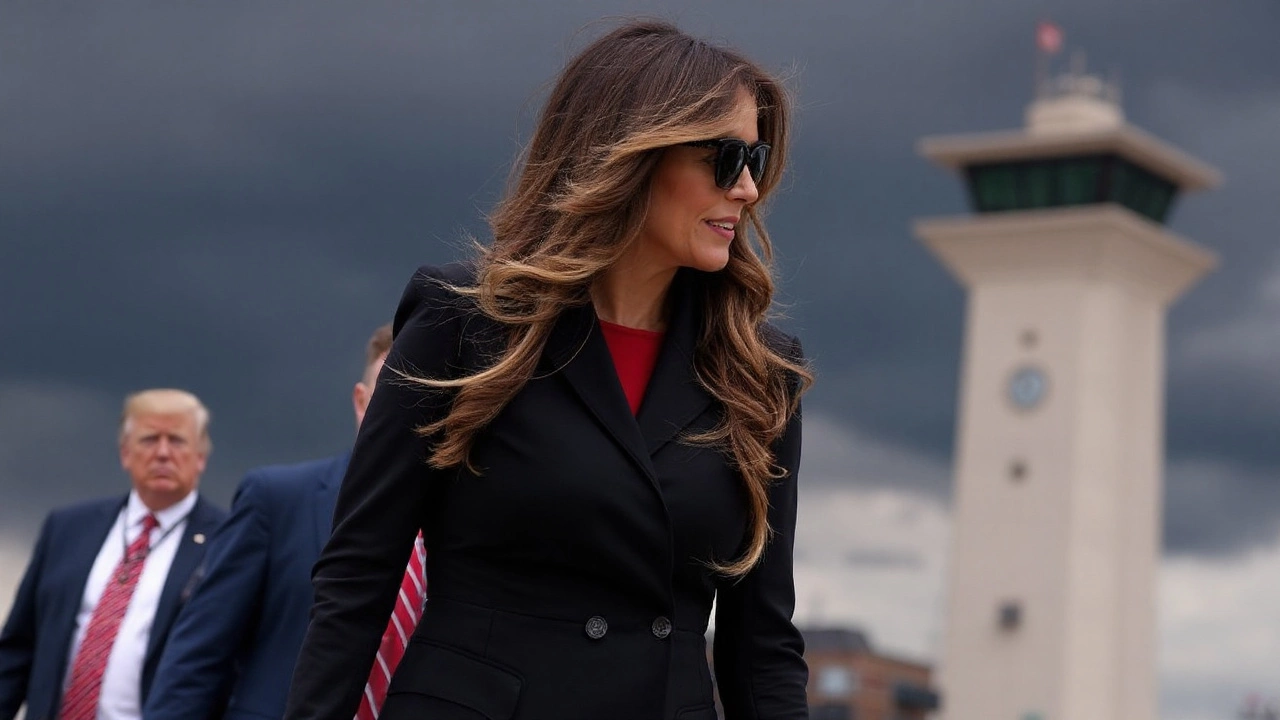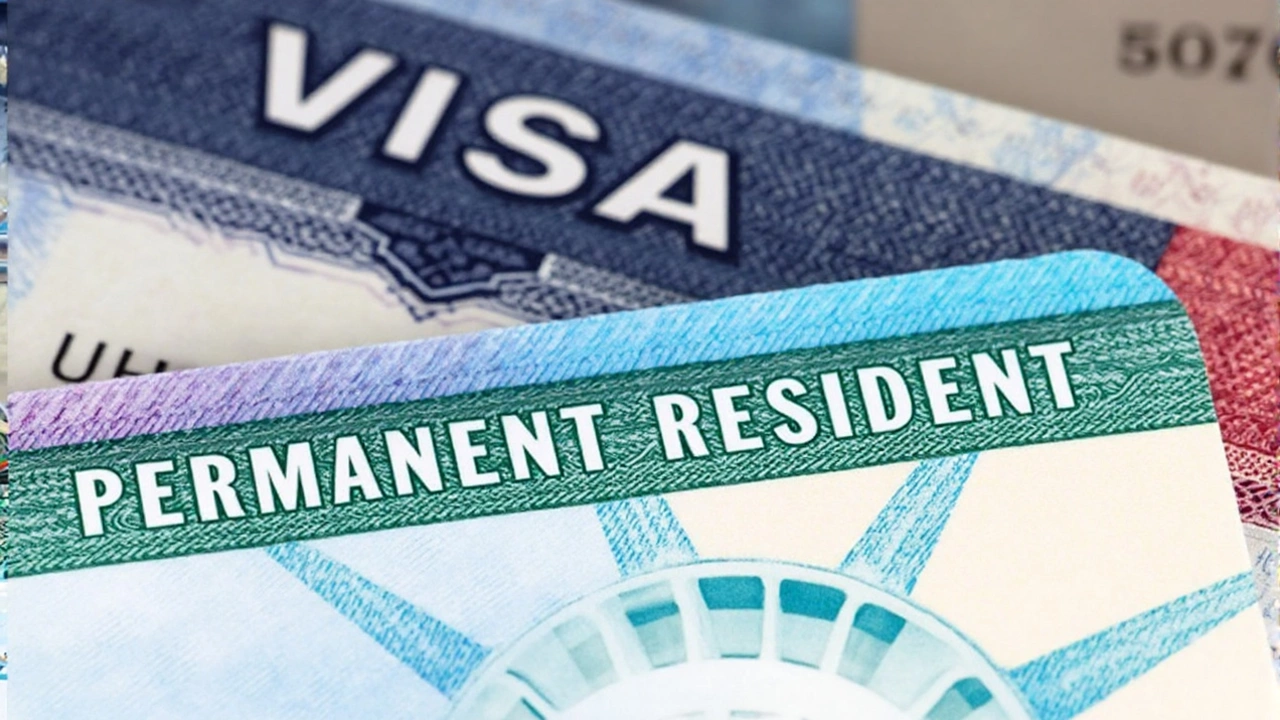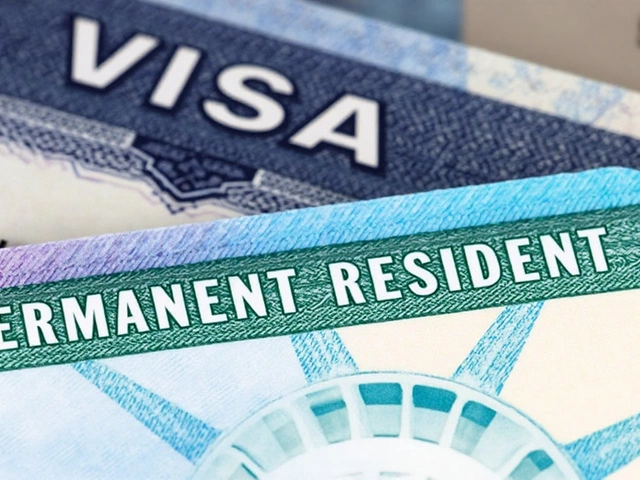A pause, a reversal, and a deadline: where TPS stands right now
In three fast-moving weeks, the legal status of roughly 60,000 immigrants from Nepal, Honduras, and Nicaragua shifted twice. On July 31, 2025, a federal judge in San Francisco put the brakes on the Department of Homeland Security’s plan to end TPS for these groups. By August 20, the Ninth Circuit had stepped in and stayed that district court order, reopening the door—at least partly—for DHS to push forward. The result? Real lives parked in uncertainty, with a clock now ticking toward November 18, 2025.
Here’s the short version. Judge Trina Thompson of the Northern District of California issued a stay blocking DHS from terminating Temporary Protected Status for nationals of Nepal, Honduras, and Nicaragua. Her order said the government’s move was tainted by discriminatory intent and failed basic legal standards. DHS blasted the ruling as activism and said TPS had morphed into a backdoor amnesty, not a temporary refuge.
Then the case jumped to the Ninth Circuit. On August 20, the appeals court stayed the district court’s order. That doesn’t end the lawsuit, but it does muddle the immediate relief the lower court granted. For now, there’s a practical bottom line: under the current stopgap, TPS and work permits for these groups remain valid through November 18, 2025, while the litigation continues to churn.
What does that mean on the ground? Employment Authorization Documents (EADs) with categories A12 or C19 are still good through that date. Federal and state agencies that use the USCIS SAVE system can keep verifying TPS and work authorization during this window using TPS-related documents. Employers should treat those documents as valid until the posted expiration—no surprise reverification in the meantime, no hair-trigger terminations.
The bigger question is what happens after November 18. If DHS presses ahead and the courts don’t re-freeze the termination, holders could see their TPS and work authorization lapse after the wind-down periods built into DHS notices. If the Ninth Circuit restores the district court’s order—or if the case reaches the Supreme Court and flips again—the schedule could change yet another time. Everyone waiting for clarity is stuck with a moving target.
Judge Thompson’s order didn’t just halt DHS. It took aim at motive. She wrote that the record showed racial bias behind the planned cancellations and used unusually sharp language to describe how the policy would land on people who’ve built their lives here. DHS countered that TPS was never meant to be permanent and said the countries in question have improved enough to end the protections. The competing frames—bias and harm versus temporary relief and changed conditions—are now in front of the Ninth Circuit.
For the people caught in the middle, the stakes are obvious. A Honduran plaintiff, Jhony Silva, said he has not been back since he was a baby and fears being torn from his child. Another health care worker from Honduras said she has been in the U.S. since age three, cares for cardiac patients, and now faces losing both her job and the only home she knows. Teofilo Martinez, a TPS holder and a leader with the National TPS Alliance, said the group will keep organizing for permanent protections to prevent families from being split apart.
Lawyers for the plaintiffs, including Emi MacLean at the ACLU Foundation of Northern California, describe the terminations as part of a broader push to strip status from noncitizens. DHS officials say the opposite—that the agency is simply restoring the temporary nature of the program and following the statute. That’s the fight: how to read the law, and whether the record shows valid reasoning or unlawful bias.

How we got here, who is affected, and what comes next
Temporary Protected Status dates to the early 1990s. The basic idea is simple: when a country is hit by war, a disaster, or something else that makes return unsafe, the U.S. can let its nationals here stay and work for a limited time. The government must formally designate a country for TPS, then renew or end that protection after regular reviews.
Honduras and Nicaragua were designated after Hurricane Mitch in 1998, one of the deadliest storms in the region’s history. Many of those TPS holders have now lived and worked lawfully in the U.S. for more than 25 years. Nepal was designated after the 2015 earthquake that killed thousands and destroyed vital infrastructure; Nepali TPS holders have been here for about a decade. All told, the groups at issue number around 60,000 people.
These are not faceless figures. Many have U.S.-citizen children. Lots own homes, pay mortgages, and run small businesses. You’ll find them in hospitals, logistics, construction, restaurants, landscaping—jobs that stayed open during the pandemic and jobs that can’t be offshored. Cities and suburbs in Florida, Texas, California, New York, New Jersey, Maryland, and Virginia have visible TPS communities from Honduras and Nicaragua. Nepali communities dot places like the Bay Area, Dallas–Fort Worth, and parts of the Northeast.
DHS says conditions have improved in Honduras and Nicaragua since the late 1990s and argues that a status created for an emergency decades ago can’t become forever. The agency also says Nepal has made major strides since 2015. Plaintiffs push back. They argue that both countries still face reconstruction lag, poverty, and political instability, and that Nepal’s post-quake recovery remains uneven. They also say DHS ignored or downplayed evidence and acted with impermissible bias.
This isn’t the first time courts have stepped into the TPS fight. In earlier litigation out of California, challenges to terminations for other countries—El Salvador, Haiti, Sudan, and Nicaragua—turned on similar questions: whether DHS followed the Administrative Procedure Act, whether it changed standards without explaining why, and whether political pressure or discriminatory intent drove the decisions. Those cases produced years of interim extensions while appeals played out, and they showed how a single court order can ripple through thousands of households.
Judge Thompson’s ruling fits that pattern but goes harder on motive. She wrote that the record reflected bias and pointed to language that, in her view, signaled hostility toward people from these countries. DHS fired back, labeling her an “activist judge” and noting she is a Biden appointee. That political framing won’t decide the case, but it reflects the stakes: both sides are speaking not just to the courts but to the public.
The Ninth Circuit’s stay changed the posture. With the district court’s order on hold, DHS is no longer blocked in the same way. Yet because of the way TPS timetables and prior notices work, existing TPS and EADs for the affected groups remain valid through November 18, 2025. Federal verification systems like SAVE are still confirming work eligibility based on TPS documents. In other words: not a full green light for DHS, not a full shield for beneficiaries—something in between, and subject to change.
So what decisions lie ahead? First, the Ninth Circuit will set briefing and may hold arguments on whether the district court got it right. The panel could lift the stay, narrow it, or keep it in place while the appeal runs. Either side can seek further review from a larger Ninth Circuit panel or the Supreme Court. Second, DHS can choose to keep pushing the terminations or recalibrate—agencies sometimes adjust positions mid-litigation. Third, Congress could step in and legislate permanent protection, but any bill would have to navigate a bitterly divided Capitol.
For people on TPS, the immediate to-do is practical: track official notices, check EAD dates, and watch for any new Federal Register updates. Employers should follow standard I-9 rules—accept valid, unexpired documents and avoid early or selective reverification. State agencies that issue driver’s licenses or benefits should continue using SAVE to confirm status based on the published validity dates.
If TPS ends, what then? Some holders may have other routes—family-based petitions, employer sponsorship, or, in rare cases, other humanitarian protections. Many won’t. Without TPS, they lose work authorization and begin to accrue unlawful presence, raising the risk of removal and making daily life—work, housing, health care—harder to manage. That’s why the wind-down dates and any further court orders matter so much.
The human stories in this case make the policy debate concrete. A father worries he’ll be sent to a country he doesn’t remember. A hospital worker who grew up in the U.S. fears losing the job that pays her family’s bills. Community leaders like Teofilo Martinez say they’re not waiting on the courts—they’re organizing, calling lawmakers, and pressing for a durable fix. Across the aisle, DHS officials say the country needs clear limits. Leave TPS as a short-term bridge, they argue, not a permanent step.
Underneath the legal jargon—APA standards, equal protection claims, stays and counter-stays—sits a basic test for American policy: when does a temporary promise end, and how do you unwind it without breaking lives? By November 18, that question will feel a lot less abstract for tens of thousands of workers, parents, and kids. And unless the courts or Congress reset the timeline again, DHS will be the one holding the stopwatch.





